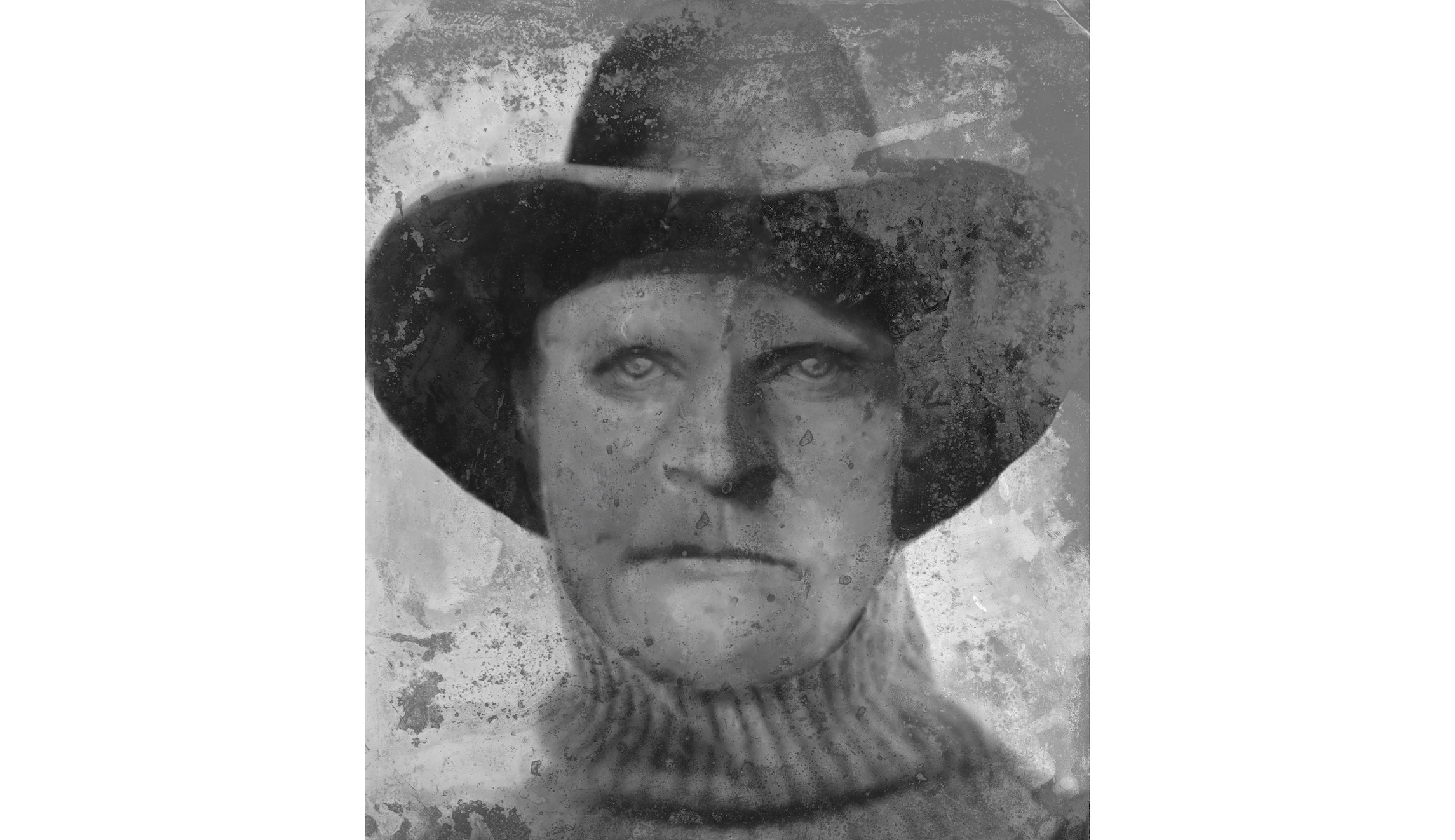A dismembered body found in an Idaho cave decades ago has been identified as an outlaw who escaped jail in 1916 after killing his wife with an ax.
Clark County Sheriff Bart May said the investigation into who killed Joseph Henry Loveless, 45, will remain open and that Loveless’s 87-year-old grandson was notified that his remains had finally been identified, according to CBS.
The case of the John Doe of Buffalo Cave began in 1979 when his headless torso was found wrapped in burlap inside of a shallow grave by a family searching for arrowheads. In 1991, a mummified hand was also found. After more searching, an arm and two legs were discovered nearby.
Lee Bingham Redgrave, a forensic genealogist with DNA Doe Project, was brought in to use genealogy to discover who the man found inside the cave was. Bingham Redgrave said that after researchers began searching, they found a trove of information.
The descendant of polygamous Mormons who had moved out to Utah, Loveless was an outlaw in the West for much of his life. Bingham Redgrave built a genealogical tree to chart back to who he was.
“He ended up having a lot of matches that were first cousins three times removed, which is very unusual in this type of scenario,” Bingham Redgrave said. “One by one we eliminated certain candidates and kept coming back to him.”

As researchers continued to investigate Loveless’s life, they discovered that he was not buried in a grave but rather had his death marked using a cenotaph, meaning there was no body buried below the stone.
Investigators also learned that Loveless was wanted for murder at the time of his death, according to a wanted poster from after he had been arrested on the charge and then escaped by sawing himself out of St. Anthony’s Jail on May 18, 1916.
Loveless was known for his other jailbreaks, which often included using a blade he kept in his shoe to get out of police custody. Bingham Redgrave said he once managed to stop a moving train he was being transported on and escaped.
“Papa never stayed in jail very long and he’ll soon be out,” one of Loveless’s children said at his funeral.
Bingham Redgrave said the research was illuminating.
“It’s blown everyone’s minds,” Bingham Redgrave said of the investigation. “The really cool thing, though, is that his wanted poster from his last escape is described as wearing the same clothing that he was found in, so that leads us to put his death date at likely 1916.”

